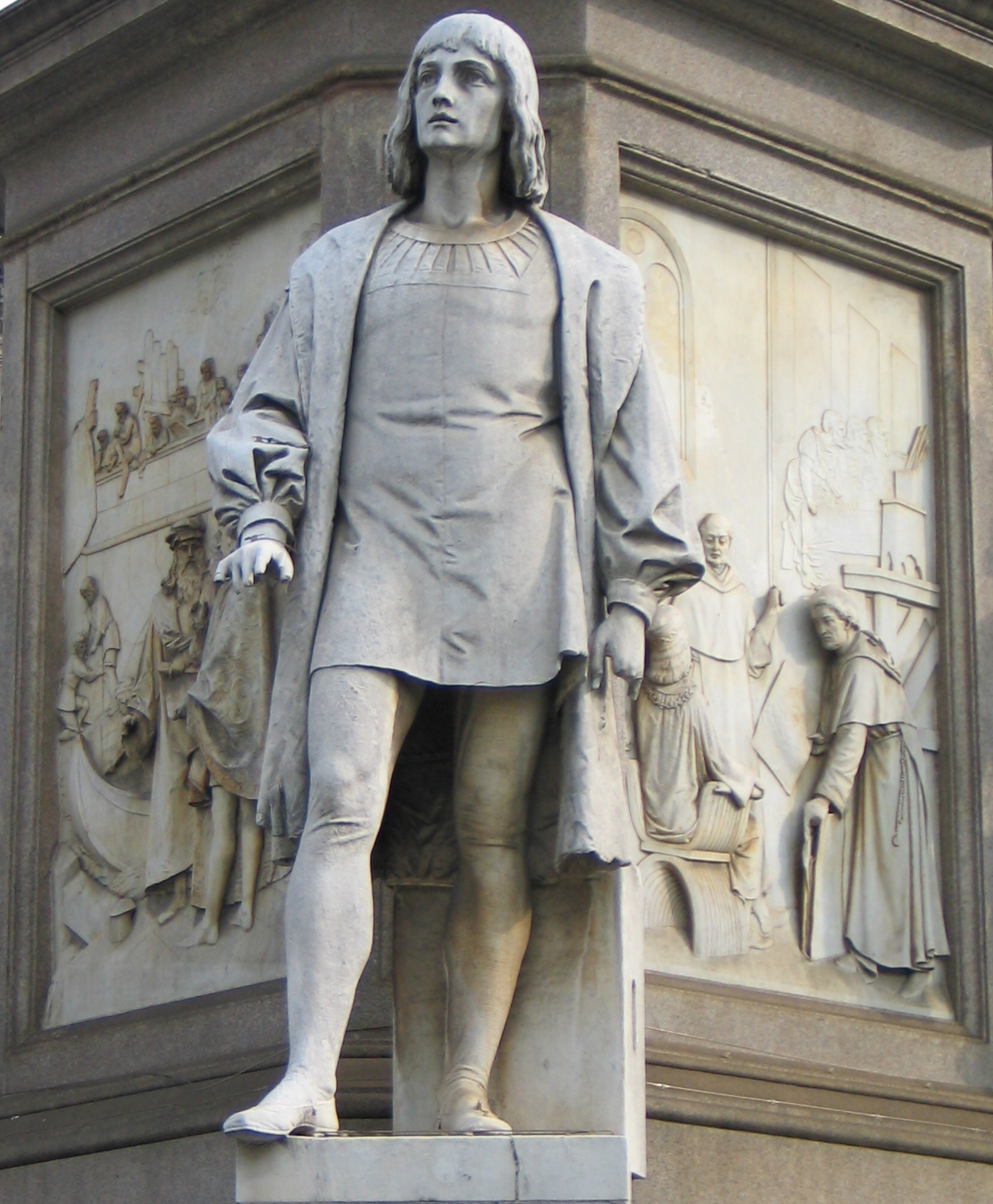Cesare Da Sesto on:
[Wikipedia]
[Google]
[Amazon]
 Cesare da Sesto (1477–1523) was an Italian painter of the
Cesare da Sesto (1477–1523) was an Italian painter of the
File:Sesto2.jpg, alt=, ''Salome'' ()
''Leonardo da Vinci: anatomical drawings from the Royal Library, Windsor Castle''
an exhibition catalog from The Metropolitan Museum of Art (fully available online as PDF), which contains material on da Sesto (see index)
Painters of reality : the legacy of Leonardo and Caravaggio in Lombardy
an exhibition catalog from The Metropolitan Museum of Art (fully available online as PDF), which contains material on da Sesto (see index) {{DEFAULTSORT:Sesto, Cesare da 1477 births 1523 deaths People from the Province of Varese 15th-century Italian painters Italian male painters 16th-century Italian painters Italian Renaissance painters Painters from Milan
 Cesare da Sesto (1477–1523) was an Italian painter of the
Cesare da Sesto (1477–1523) was an Italian painter of the Renaissance
The Renaissance ( , ) , from , with the same meanings. is a period in European history
The history of Europe is traditionally divided into four time periods: prehistoric Europe (prior to about 800 BC), classical antiquity (800 BC to AD ...
active in Milan
Milan ( , , Lombard: ; it, Milano ) is a city in northern Italy, capital of Lombardy, and the second-most populous city proper in Italy after Rome. The city proper has a population of about 1.4 million, while its metropolitan city h ...
and elsewhere in Italy.
Life
Cesare da Sesto was born inSesto Calende
Sesto Calende is a town and ''comune'' located in the province of Varese, in the Lombardy region of northern Italy.
It is at the southern tip of Lake Maggiore, where the Ticino River starts to flow towards the Po River. The main historical sight ...
, Lombardy. He is considered one of the ''Leonardeschi
The Leonardeschi were the large group of artists who worked in the studio of, or under the influence of, Leonardo da Vinci. They were artists of Italian Renaissance painting, although his influence extended to many countries within Europe.
As ...
'' or artists influenced by Leonardo da Vinci
Leonardo di ser Piero da Vinci (15 April 14522 May 1519) was an Italian polymath of the High Renaissance who was active as a painter, Drawing, draughtsman, engineer, scientist, theorist, sculptor, and architect. While his fame initially res ...
, such as Bernardino Luini
Bernardino Luini (c. 1480/82 – June 1532) was a north Italian painter from Leonardo's circle during the High Renaissance. Both Luini and Giovanni Antonio Boltraffio were said to have worked with Leonardo directly; he was described as having ...
and Marco d'Oggiono
Marco d'Oggiono (c. 1470 – c. 1549) was an Italian Renaissance painter and a chief pupil of Leonardo da Vinci, many of whose works he copied.Herbermann, Charles, ed. (1913). "Marco D'Oggione", ''Catholic Encyclopedia'' (New York: Robert Appl ...
. He may have trained or worked with Baldassare Peruzzi in Rome in 1505. Of this period, a lunette in Sant'Onofrio and some paintings in Campagnano Romano are attributed to him.
From 1514 he sojourned in Naples
Naples (; it, Napoli ; nap, Napule ), from grc, Νεάπολις, Neápolis, lit=new city. is the regional capital of Campania and the third-largest city of Italy, after Rome and Milan, with a population of 909,048 within the city's adminis ...
for six years. In 1515 he finished a monumental polyptych for the Abbey of Santissima Trinità at Cava de' Tirreni
Cava de' Tirreni (; Cilentan: ''A Càva'') is a city and '' comune'' in the region of Campania, Italy, in the province of Salerno, northwest of the town of Salerno. It lies in a richly cultivated valley surrounded by wooded hills, and is a p ...
and produced '' Leda and the Swan'', a copy after Leonardo's own work on the subject. Back in Milan, he executed a ''Baptism of Christ'', in collaboration with Bernardino Bernazzano (now lost) and a ''Salomè'', acquired by Rudolf II
Rudolf II (18 July 1552 – 20 January 1612) was Holy Roman Emperor (1576–1612), King of Hungary and Croatia (as Rudolf I, 1572–1608), King of Bohemia (1575–1608/1611) and Archduke of Austria (1576–1608). He was a member of the Hous ...
and now at the Kunsthistorisches Museum of Vienna
en, Viennese
, iso_code = AT-9
, registration_plate = W
, postal_code_type = Postal code
, postal_code =
, timezone = CET
, utc_offset = +1
, timezone_DST ...
. In 1517 he returned to southern Italy; in Messina executed an ''Adoration of the Kings'' which influenced numerous artists of southern Italy, it can be found in the Capodimonte Museum of Naples. Sometime between 1516 and 1519, he completed his ''Adoration of the Magi
The Adoration of the Magi or Adoration of the Kings is the name traditionally given to the subject in the Nativity of Jesus in art in which the three Magi, represented as kings, especially in the West, having found Jesus by following a star, ...
''.
He returned to Milan in 1520, where he painted the ''Madonna in Glory with Saints'' polyptych for the church of San Rocco (now in the Castello Sforzesco). He died in Milan in 1523.
References
Sources
*External links
''Leonardo da Vinci: anatomical drawings from the Royal Library, Windsor Castle''
an exhibition catalog from The Metropolitan Museum of Art (fully available online as PDF), which contains material on da Sesto (see index)
Painters of reality : the legacy of Leonardo and Caravaggio in Lombardy
an exhibition catalog from The Metropolitan Museum of Art (fully available online as PDF), which contains material on da Sesto (see index) {{DEFAULTSORT:Sesto, Cesare da 1477 births 1523 deaths People from the Province of Varese 15th-century Italian painters Italian male painters 16th-century Italian painters Italian Renaissance painters Painters from Milan